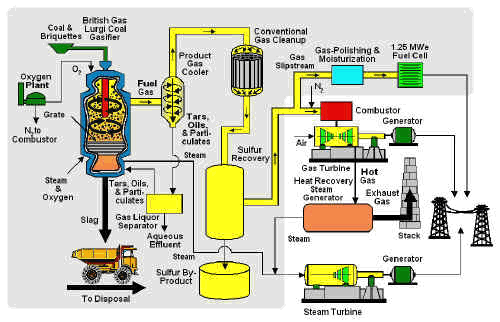

The summer of 1999 has allowed 8 individuals to participate in the Research Experience for Undergraduates. The National Science Foundation has graciously funded this program Foundation, or NSF. This page is dedicated to informing you of my experiments and experiences with the program.
I will start off with a little personal information and background on myself. My name is Timothy White. I have just graduated this past Spring with my B.S. in Mechanical Engineering from Clarkson University. I have been accepted into graduate school and am going to attend this Fall. My goal for participating in the REU program this summer is to gain a better understanding of the experimentation aspect of research. I have had some experience, but this I felt would really help me in the years to come.
The purpose of the REU program is to educate students in the realm of experimentation. By enabling the students to participate in an experiment, they can determine if this is the path they would like to pursue in their future studies. I have been fortunate enough to work with Dr. Goodarz Ahmadi, who is also my mentor for the summer. He is also going to be my thesis advisor when I attend graduate school.
The purpose of this experiment is to model the filter portion of a power plant that burns coal. The filters are required to clean the exhaust and cut down on polution. The filter section is just a small portion of the entire cleaning process. A typical flow Chart for a cleanup plant is shown below.

The problem lies within the filters. Every so ofter, the filters are back pulsed to keep the surface clean. When the coal dust builds up enough, the pressure within the ceramic filter builds until it cracks. To replace a filter requires a lot of time and money.
The model of the filter assembly will hopefully demonstrate the flow characteristics of the exhaust gas. This can then be interpreted and a solution can be devised. Something as simple as a strategically placed baffle may fix the problem. We will have to wait until the physical model matches the computational model.
The model has also been studied from a numerical or computational aspect as well. With a program called FLUENT, the filter assembly has been created. With the governing parameters such as flow velocity and rate imputed into the program, an output is obtained. This output will be compared to the physical model of the filter. To determine the parameters for the physical model, a series of measuring devices will be placed in the flow. With the same input parameters, the output should be close to one another. This will be the ultimate goal for the project. For now, getting it built and running are more immediate concerns.
To create a viewable image from the filter assembly, I have used an idea from the PIV system Clarkson possesses. Using glycerin particles, a laser beam is shown into the assembly and the light is deflected off the particles. This allows the flow to be tracked visually. The glycerin particles are created by a fogger which simply heats the glycerin until it vaporizes. This allows the heavy glycerin to travel through the air. The particles are then feed into the filter and the laser beam illuminates them. I am trying to take video footage of this, but the sheet of particles is not a bright as the beam reflecting off the assembly. The camera works better when the beam is vertical, as compared to horizontal. Soon, I will have pictures of the filter and hopefully, a movie of the flow.
Below are pictures and a description of the Filter Asssembly.
The following links are Quicktime movies of the flow visualization in the filter. The first is for a horizontal sheet and the second is for a vertical sheet. If you don't have Quicktime, goto the Apple webpage and down load it for free.


| One of my favorite hobbies is to go for a ride. It helps me cope with everyday life, as well as keeps me in shape. I ride a Jamis Diablo, the hard tail version. They don't make my bike anymore. It has been replaced with the Dakota. Visit them if you like a quality bike and don't want one from the "Big Boys" who care nothing about the individual. | |
 |
My road bike is a Mongoose IBOC carbon fiber. I built it myself and has served my quite well. I am in the midst of upgrading a few things, such as the wheels, but that is mostly because I am a techie (I like to have "nice stuff" on my bikes). |
 |
This is my cycling hangout. I bought my first 'real' bike here and will by all my bikes from them in the future. John and Seth are nice guys are are out to see that you are happy. Drop them a line atThe Bicycle Post or see them at www.thebicyclepost.com. |
 |
I need to put a link in for the NSF, they are funding the project after all. Visit them if you would like to learn more about what the NSF does. If you are a current undergraduate and would like to go to grad school, this is an excellent place to look for funding. |